|
| |||||||||||||||||
|
|
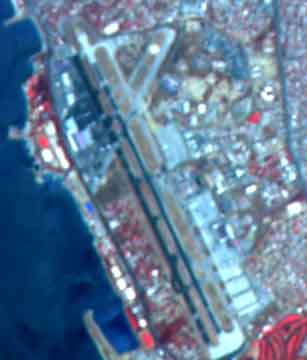 | 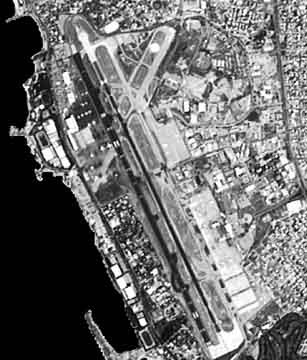 | ||||
The merging of images 1 and 2 (multispectral and panchromatic SPOT) combines the high resolution of the panchromatic image with the thematic content of the multispectral image, giving image 3. | |||||
|
|
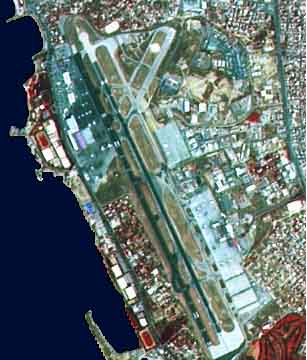 | 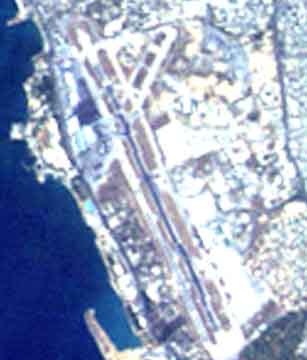 | ||||||||||
Image 4 comes from Landsat and covers the visible area of spectrum. It is chromatically very close to the view from the altitude of 700 km above sea level. The thematic information contained in this image is less. | |||||||||||
Orthophotos coming from aerial photographs have the unique characteristic of very high resolution. The resolution and color depth of such images depends solely upon shooting conditions such as flight altitude or camera and film used. An example of black & white orthophoto coming from the area of Halkidiki is shown below (image 5), following these thumbnails that show the level of detail accomplished. | |||||||||||
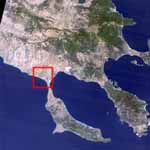 | 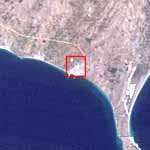 | 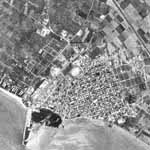 | 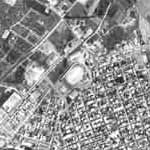 | ||||||||
5. Aerial (pixel: 1 x 1 m.) | |||||||||||
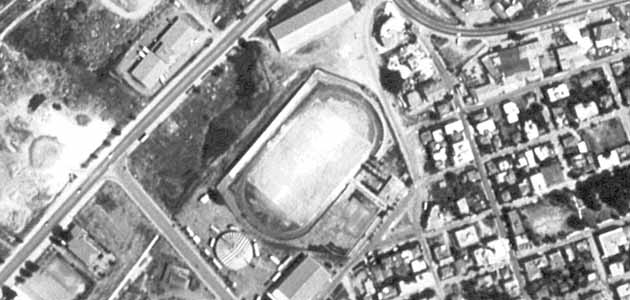 | |||||||||||
Though quite more expensive to acquire compared to satellite images, this type of images provides the ultimate tool in digital photogrammetry. | |||||||||||
| [Home] [Applications] [Satellites] [Attica 1:50000] [Attica 1:25000] [Halkidiki 1:5000] |
Copyright © 2007 EraNET. All rights reserved. | ||||||
